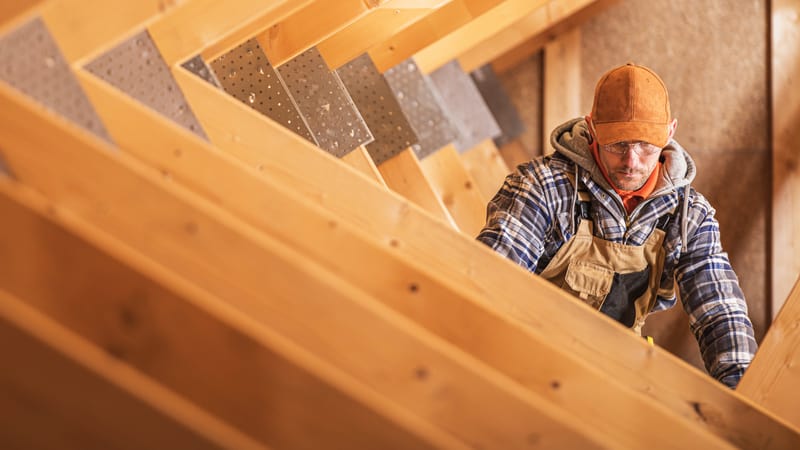If you or someone you love is living or aging in place in an older home, it’s critical to look for signs of asbestos anywhere in it. Asbestos was an essential construction material in home and commercial building construction from the 1930s to the early 1980s. Its popularity stemmed from its resistance to heat, fire, and sound. Builders also liked it because it was durable and cheap.
Unfortunately, for many people living in homes made from asbestos-containing materials, it can become a serious health hazard when it is damaged. When it deteriorates, asbestos releases fibers that can cause serious health issues after they are inhaled.
What is asbestos?
Asbestos is a naturally occurring silicate mineral with outstanding insulating properties. It is made up of millions of fibers, binding together to produce a lightweight material that is practically indestructible.
Mined from deposits around the world, asbestos was developed into a broad range of products in dozens of industries, including:
- Construction
- Aircraft (planes and helicopters)
- Shipbuilding
- Transportation (various types of vehicles)
At one point, countless jobs depended on asbestos manufacturing, but in the 1970s, its use was curtailed after discovering that asbestos contributed to several deadly diseases. Many of those jobs were lost, and specific industries were affected, but asbestos has yet to be banned in the U.S.
What health problems can asbestos cause?
Exposure to asbestos causes two primary disease types: benign and malignant. The International Agency for Research on Cancer (IARC) has found a conclusive link between asbestos exposure and four cancer types:
- Mesothelioma
- Lung cancer
- Ovarian cancer
- Laryngeal cancer
Three more cancers are possibly linked to asbestos exposure:
- Pharyngeal cancer
- Stomach cancer
- Colon cancer
Mesothelioma is the deadliest of the diseases related to asbestos. Between 1999 and 2015, over 45,000 people died of mesothelioma in the U.S. Another 3,000 are diagnosed each year, with most patients living less than one year after diagnosis.
How can you identify signs of asbestos?
In many cases, you cannot tell if it is asbestos. It’s challenging to identify it just by looking at it, so you need to send samples to a lab for testing. And although you can collect those samples yourself and send them off, it will be much safer to hire a trained asbestos professional to do it.
You can find someone by searching for “asbestos inspection” online. The U.S. Department of Commerce offers a list of accredited asbestos laboratories.
Do not start any rehab projects on an older home without having it tested for signs of asbestos. Tearing down the interior of a house containing asbestos will send tiny hazardous fibers into the air and put everyone in the house at risk.
What should you do if you suspect there is asbestos is in your home?
Keep in mind that asbestos poses little danger if it is left alone. But when it is disturbed or damaged, as in a rehab project, it will release fibers that are dangerous to inhale. For instance, if your attic is older and you need to repair or restore it, it could start releasing asbestos fibers and create a health risk.
Before you start working near asbestos, hire a professional to ensure it is appropriately removed. Experts certified to perform asbestos abatement work have the right supplies and tools to keep your home safe.
You will probably not want to live in your home during the removal process and be sure to have air samples tested after the removal is complete. Take no chances: the health consequences of asbestos fibers should not be taken lightly!
